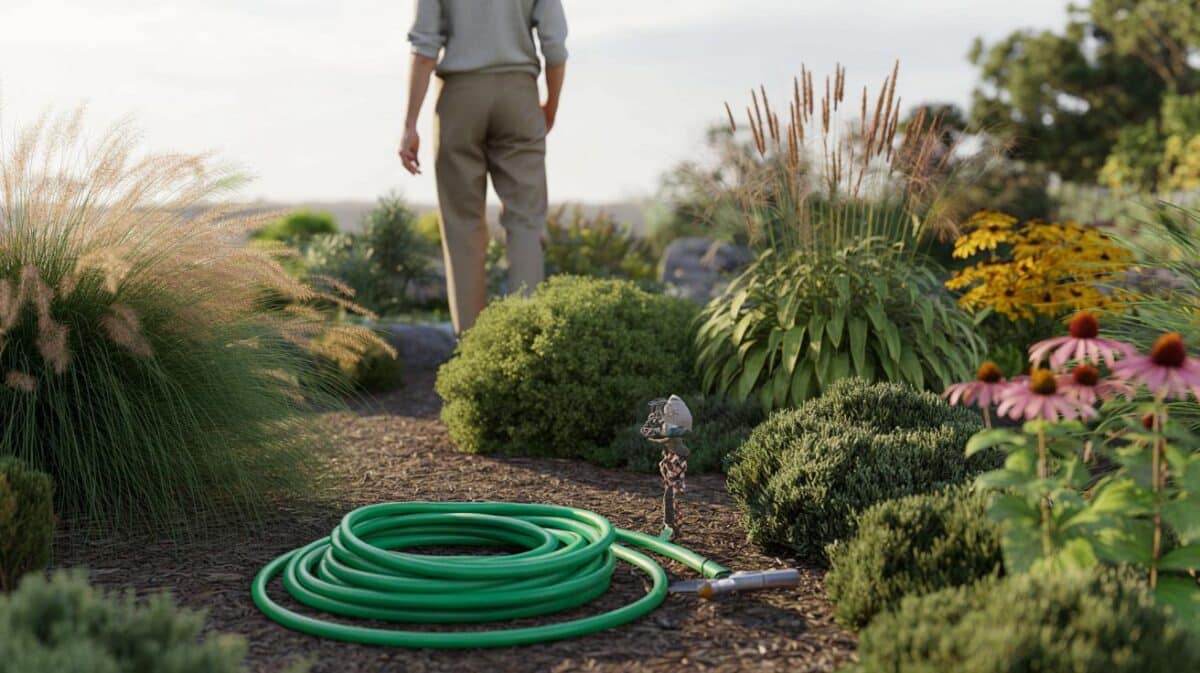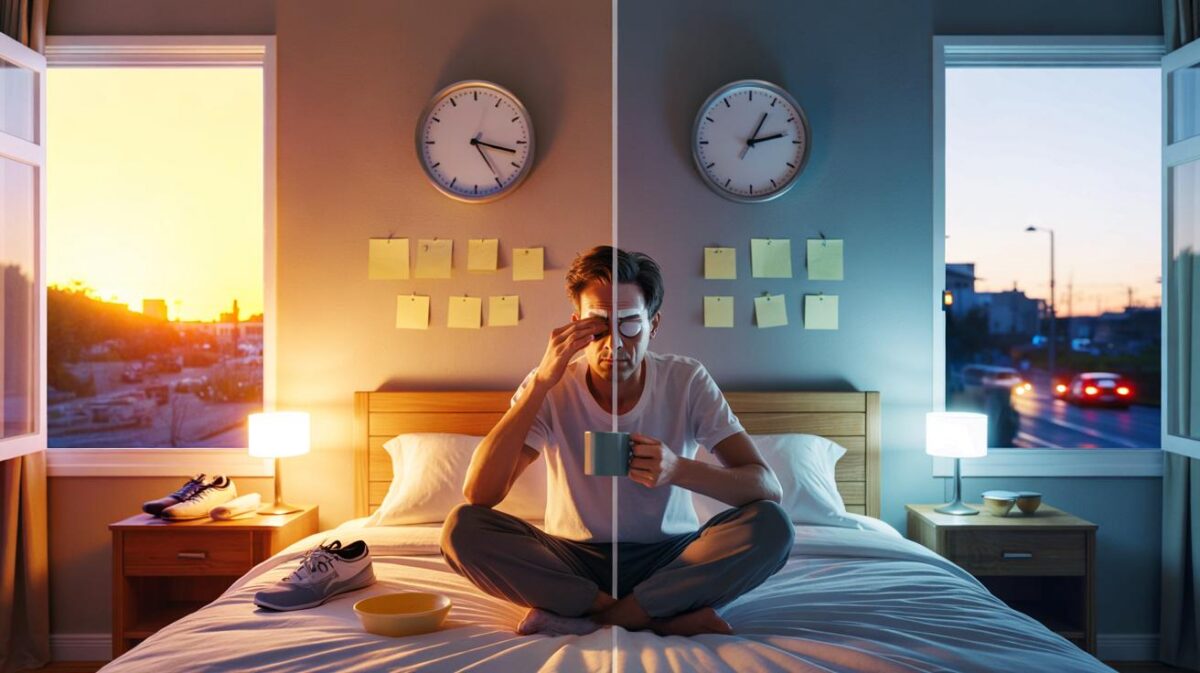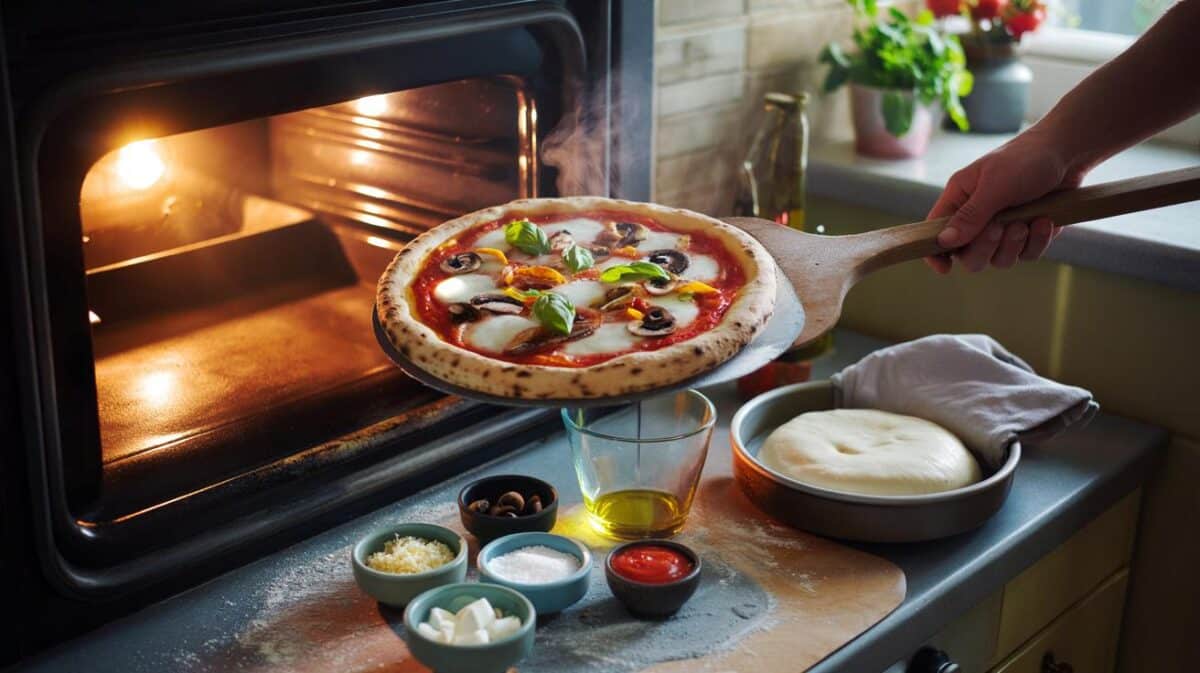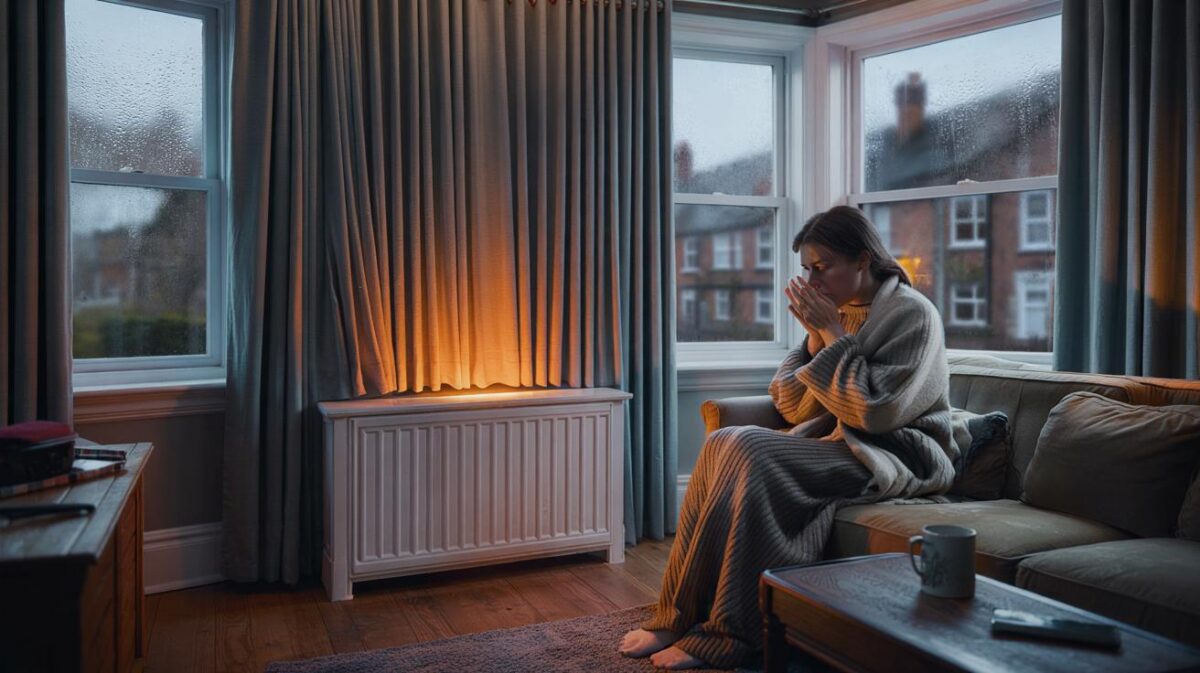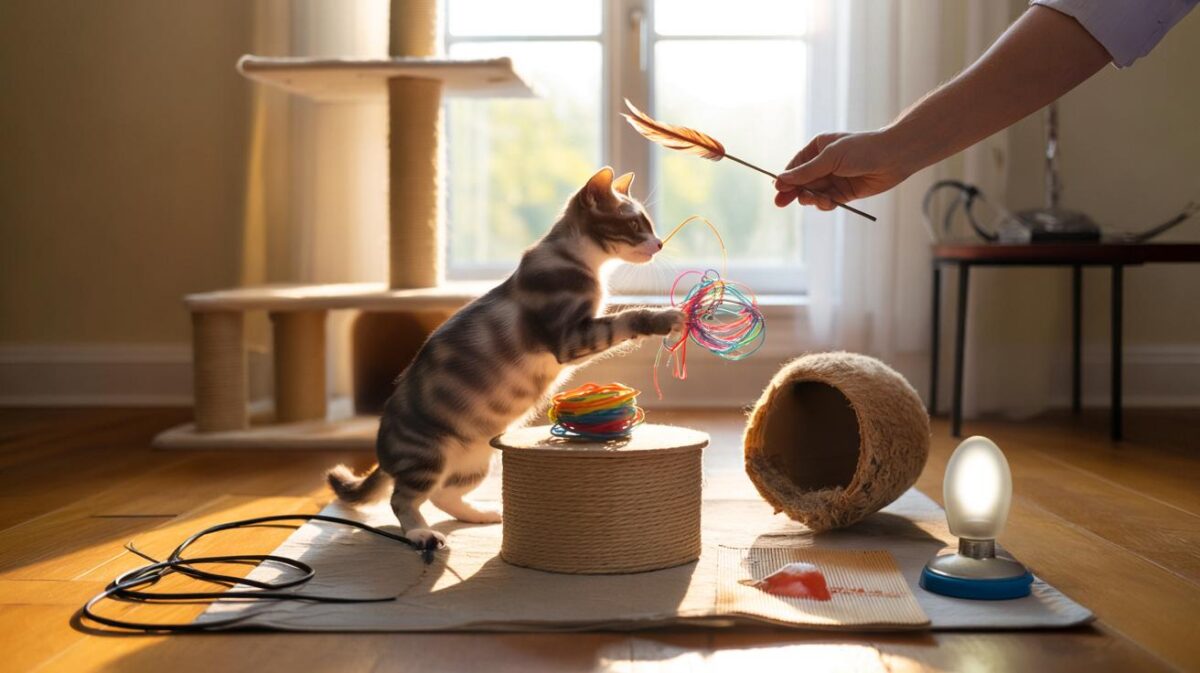The culprit is often not effort but sequence. Tackle tasks in the wrong order and you chase crumbs, push dust, and re-wipe greasy splatters. Get the order right and the same routine feels calmer, quicker and visibly cleaner. Here is how to reshuffle your habits to reclaim time and results.
What goes wrong when you start in the kitchen
Grease clings, spreads and resettles on nearby surfaces. Start with the kitchen while other rooms sit messy and you’ll move items through the house, dropping crumbs and films as you go. Wipe worktops before clearing the dining table and you’ll wipe them twice. Mop first and you’ll track damp footprints into rooms you clean later.
Effort isn’t the problem. Order is. Change the sequence and you cut repeats, backtracking and wasted motions.
Think of cleaning as a flow: objects first, then dry dust, then wet work, then floors. Breaking that flow means repeating steps and doubling exposure to grime and bacteria.
The order that trims 52 minutes from a weekly clean
Step 1: Declutter at speed
Do a fast circuit with a laundry basket and a recycling bag. Clear paper piles, toys, mugs and clothes from every surface. Keep moving. Don’t deep-sort; just remove obstacles so later cleaning is unbroken and efficient. A clear run saves minutes in every room.
Step 2: Set the stage room by room
Open windows for ten minutes to reduce odours and moisture. Pull blinds, lift chairs, empty bins, and shake small rugs outside. Start dryer cycles or a washing load so textiles don’t re-contaminate rooms later. Gather all products on a caddy to avoid trips.
Step 3: Kitchen after decluttering
Work top-down. Dust the tops of cupboards and the fridge, then lights and high shelves. Pre-spray hob and splashback with degreaser and give it time to dwell for five to seven minutes. While it works, clean handles and appliance fronts. Wipe worktops last, then sink. Leave floors for the final phase.
Step 4: Bathrooms and toilets before any mopping
Pre-treat the loo, then the shower or bath. Wipe mirrors from top to bottom. Tapware next, then basins, then tiles. Pop mats and towels straight in the wash. Finish with doors, handles and switches. Shut the door to contain moisture while surfaces air-dry.
Step 5: Dust high to low across the whole home
Use a slightly damp microfibre cloth or a vacuum with a soft brush. Start with ceiling corners and light fittings, then bookcases and picture frames, then tables and skirting boards. Moving in one direction keeps you from re-contaminating cleaned zones.
Step 6: Hit touchpoints methodically
Disinfect handles, banisters, switches, remote controls and phone screens. These spots undermine a clean look when left smudged. A 70% alcohol wipe or a mild disinfectant on a microfibre cloth does the job without streaks.
Step 7: Floors last, dry then wet
Vacuum all floors before mopping any. Work from the far corner towards the exit. Use the two-bucket method for mopping: one with solution, one with clean rinse water. Change water as soon as it dulls to avoid spreading dirty residue.
- Remove clutter before touching cloths or sprays.
- Let kitchen and bathroom products dwell while you clean other areas.
- Dust from the ceiling down, then clean touchpoints.
- Vacuum everywhere, then mop, and leave the house by the cleanest route.
Clean high to low, dry to wet, room to room — and leave floors until the very end.
Why this sequence works
Gravity pulls dust downwards. Starting at height means fallen debris lands where you will catch it later. Pre-spraying greasy and soapy areas gives chemistry time to lift grime so you can wipe once, not scrub twice. Doing bathrooms before floors stops splashes and drips from soiling freshly mopped rooms. Handling touchpoints at the end of dry work prevents fingerprints from reappearing during the tidy-up.
Cognitively, a fixed order reduces decision fatigue. You move in a loop instead of jumping between rooms. That steadies your pace and shortens total time. Houses with pets or children see the biggest benefit because repeated minor messes do less damage when floors come last.
Time and cost: a quick comparison
| Scenario | Extra repeats per session | Weekly time lost | Annual impact |
|---|---|---|---|
| Wrong order (mop early, kitchen first) | 2–3 re-wipes, 1 re-mop | +52 minutes | ≈ 45 hours, ~£65 of supplies |
| Optimised order (declutter, high-to-low, floors last) | Minimal repeats | Baseline | Time reclaimed for rest or deep cleans |
Figures reflect a typical two-bedroom flat of 70–90 m² with one kitchen and one bathroom. Your numbers may vary, but the principle scales up in larger homes.
Small zones that change the feel of clean
Skirting boards collect grey lines that make rooms look tired. A quick pass with a damp cloth brightens the whole space. Extractor vents and bathroom fans trap lint that drops onto surfaces each time they run; a vacuum nozzle with a brush lifts it safely. The top edge of doors and the underside of chairs harbour dust that floats down after you leave. Add these to the high-to-low sweep to maintain a fresher finish for longer.
Smart product choices and methods
Use microfibre over paper for better pickup and less streaking. A pH-neutral floor cleaner protects sealed wood and most tiles. In kitchens, citrus-based degreasers cut oil quickly, while bicarbonate of soda helps on baked-on areas. In bathrooms, let limescale removers act before wiping to avoid abrasion. HEPA bags and filters on vacuums reduce fine dust redistribution, which matters for allergy-prone households.
Never mix bleach with acids such as vinegar or limescale remover; the reaction releases hazardous gas.
A simple weekly plan you can stick to
Block 75 to 90 minutes for a standard weekly clean in a small home. Spend 10 minutes decluttering, 20 on kitchen, 20 on bathrooms, 15 on dusting and touchpoints, and 15 to 25 on floors depending on size. If time is tight, alternate deeper kitchen and bathroom sessions each week while keeping the order intact.
Extras that make the routine pay off
Dwell time is the hidden lever. Spray, then leave surfaces while you do something else nearby. Chemistry works for free while you move. The two-bucket mopping method cuts streaks and reduces product waste by about 20% across a year. Rotate extras on a four-week cycle — week 1: oven seals; week 2: mattress vacuum; week 3: window tracks; week 4: radiators and vents — always fitting them between dusting and floors.
Families can assign roles that respect the order: one person declutters and dusts high, another handles kitchen and bathrooms, a third does touchpoints and floors. The flow prevents collisions and shortens the session. If you share with flatmates, track the sequence on a fridge note and time each block for a friendly challenge. Small adjustments to order create visible gains without buying anything new or scrubbing harder.

